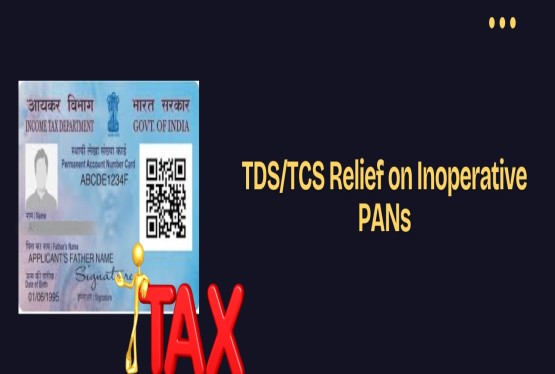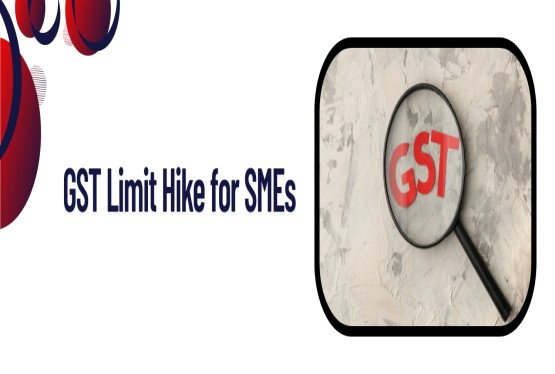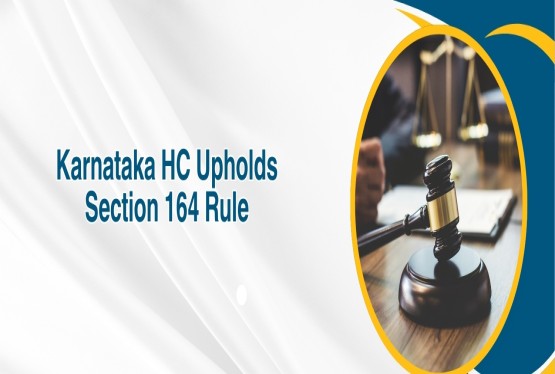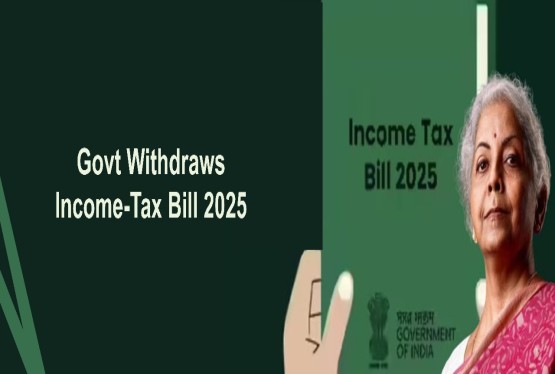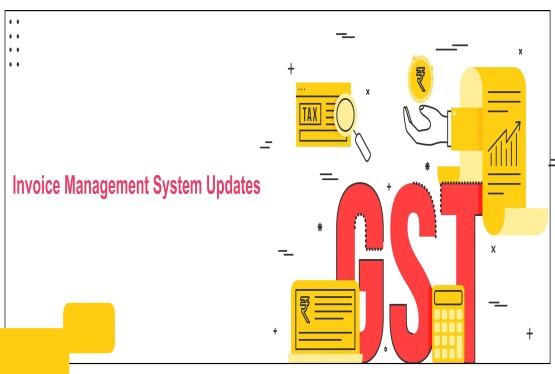The Finance Act, 2021 introduced two significant sections; Section 206AB and Section 206CCA of the Income Tax Act to strengthen tax compliance. These provisions were aimed at increasing tax deduction and collection rates for individuals who fail to file their income tax returns. Effective from July 1, 2021, these sections were introduced to encourage timely return filing and widen the tax base. However, in the Union Budget 2025, it was proposed to omit both Section 206AB and Section 206CCA to avoid unnecessary blockage of working capital and reduce compliance burden for businesses. This change is already effectived from April 1, 2025. Let us now discuss the provisions of Section 206AB and Section 206CCA of the Income Tax Act, their applicability, impact, exclusions, and how they affected deductors and collectees until March 31, 2025.
What is Section 206AB of the Income Tax Act?
Section 206AB of the Income Tax Act was introduced to ensure higher TDS (Tax Deducted at Source) rates for those taxpayers who did not file their income tax returns despite having considerable TDS or TCS credited to them. This section targeted non-compliant taxpayers and aimed to improve filing rates by imposing financial deterrents. According to this provision, if a person had not filed the ITR for the previous financial year and the aggregate amount of TDS and TCS was Rs. 50,000 or more, then TDS had to be deducted at a higher rate when making specified payments to them.
What is Section 206CCA of the Income Tax Act?
Similar to Section 206AB, Section 206CCA of the Income Tax Act imposed higher rates of TCS (Tax Collected at Source) from buyers who had not filed their income tax return. The objective was the same; to make non-filing of returns financially unviable. Under Section 206CCA, sellers were required to collect tax at a higher rate from such buyers who met the specified non-compliance criteria. This ensured that non-filers did not get away with lower tax payments.
Budget 2025 Update on Section 206AB and 206CCA
In the Union Budget 2025, it was proposed that Section 206AB and Section 206CCA of the Income Tax Act be withdrawn from April 1, 2025. The primary reason behind this decision was to reduce the compliance load on businesses, prevent working capital from being blocked unnecessarily, and simplify the tax deduction/collection process. This move was welcomed by industry players, especially deductors and collectors who had to manually verify compliance status before making payments.
Rate of TDS under Section 206AB
When a payment was made to a specified person under Section 206AB, the deductor was required to deduct tax at a higher rate. The applicable rate was:
-
Twice the rate specified in the Income Tax Act or Finance Act; or
-
5%
Whichever of the above was higher had to be applied. For instance, if the TDS rate under the Act was 1%, then under Section 206AB, the rate became 5%. In case the person failed to provide PAN, the provisions of Section 206AA would apply, and TDS would be deducted at 20%, whichever was higher.
Rate of TCS under Section 206CCA
Under Section 206CCA of the Income Tax Act, the rate of TCS to be collected from a specified buyer was:
-
Twice the rate specified in the Income Tax Act or Finance Act; or
-
5%
Whichever is higher would be applied. If the buyer also failed to provide their PAN, then Section 206CC would apply, and TCS would be collected at 20%, if that was the highest rate. This encouraged buyers to keep their PAN updated and file returns on time to avoid the burden of higher tax outgo.
Conditions for Being a Specified Person under Section 206AB and Section 206CCA
The law defined a "specified person" as one who:
-
Did not file their income tax return for the previous financial year.
-
The due date for filing the return under section 139(1) had expired.
-
The aggregate of TDS and TCS in their case was Rs. 50,000 or more in the previous financial year.
This definition helped in identifying habitual non-filers. The Central Board of Direct Taxes (CBDT) also issued guidelines and provided a functionality to deductors and collectors to verify whether a payee/payer was a specified person.
Exclusions from the Definition of Specified Person
The provisions of Section 206AB and Section 206CCA of the Income Tax Act did not apply to non-residents who did not have a permanent establishment in India. A permanent establishment refers to a fixed place of business through which a foreign enterprise carries out business wholly or partially in India. This ensured that foreign entities without local business operations in India were not burdened by domestic TDS or TCS compliance rules.
Applicability of Section 206AB
Section 206AB was applicable on almost all transactions where TDS was required to be deducted. These included contract payments, professional service fees, brokerage, commission, rent, interest, etc.
However, the section specifically excluded the following transactions:
-
Salary payments covered under Section 192.
-
Premature withdrawal from EPF covered under Section 192A.
-
Winnings from lotteries, crossword puzzles under Section 194B.
-
Income from horse races under Section 194BB.
-
Income from securitisation trusts under Section 194LBC.
-
Cash withdrawals exceeding specified limits under Section 194N.
Further, the Union Budget 2022 expanded the scope of exemptions to include:
-
Sale consideration for immovable property under Section 194-IA.
-
Rent payments to landlords above Rs. 50,000 under Section 194-IB.
-
Contractual/professional service payments above Rs. 50 lakh under Section 194M.
-
Transfer of virtual digital assets under Section 194S to certain individuals or HUFs.
Applicability of Section 206CCA
Section 206CCA applied similarly to all transactions involving TCS, except in the following cases:
-
Buyers who were non-residents and did not have a permanent establishment in India.
Example: How Section 206AB Worked
Let’s consider an example:
A company is making a contract payment of Rs. 80 lakhs to Mr. P during FY 2023-24. The normal TDS rate applicable is 1%. However, Mr. P did not file his income tax return for the preceding year, and the due date for filing the return has expired.
In this case, the company must deduct tax at:
-
2% (twice the rate of 1%), or
-
5%
Since 5% is higher, TDS is deducted at 5%. If Mr. P also fails to provide his PAN, then under Section 206AA, the applicable TDS rate would jump to 20%, which is higher than both.
Impact of Section 206AB and Section 206CCA on Businesses
The introduction of Section 206AB and Section 206CCA of the Income Tax Act placed a significant compliance responsibility on businesses. Before making payments or collecting taxes, they had to verify the ITR filing status of the recipient or buyer. The CBDT launched a "Compliance Check Functionality" on the reporting portal to make this process easier. Businesses could check the PAN status of vendors, clients, or buyers and ensure that they were not "specified persons." Despite the ease of access, this created operational burdens, especially for MSMEs with limited resources. This was one of the key reasons for their removal in Budget 2025.
Rationale Behind the Removal of Sections 206AB and 206CCA
The government, through the Budget 2025 proposal, acknowledged the challenges faced by deductors and collectors. The dual burden of verifying ITR compliance and managing higher deduction/collection rates was leading to unnecessary blockage of capital and increasing the cost of compliance. By withdrawing Section 206AB and Section 206CCA of the Income Tax Act, the government aims to simplify the tax system, remove ambiguities, and promote a more business-friendly environment.
Conclusion
Section 206AB and Section 206CCA of the Income Tax Act played an important role in enforcing tax compliance. They penalized habitual non-filers by requiring higher TDS or TCS, thereby increasing pressure to file returns on time. Though the objective was sound, the practical implications created compliance burdens. The government’s decision to remove these sections reflects a shift towards reducing friction and improving ease of doing business in India. Taxpayers should continue to file their returns on time and maintain valid PAN details to ensure smooth transactions and avoid future penal provisions under similar frameworks. If you need any support, connect with the Compliance Calendar LLP Experts through mail at info@ccoffice.in or Call/Whatsapp at +91 9988424211.
FAQs
Q1. What is the purpose of Section 206AB and Section 206CCA of the Income Tax Act?
Ans. Section 206AB and Section 206CCA were introduced to enforce higher rates of TDS and TCS on individuals who have not filed their income tax returns for the previous financial year. These sections aimed to encourage timely compliance and broaden the tax base.
Q2. Who is classified as a 'specified person' under Section 206AB and Section 206CCA?
Ans. A 'specified person' is someone who has not filed their income tax return for the previous year, the return filing deadline has expired, and the total TDS or TCS in their case was Rs. 50,000 or more in that year. Non-residents without a permanent establishment in India are excluded.
Q3. What are the TDS rates under Section 206AB?
Ans. Under Section 206AB, TDS must be deducted at the higher of the following: twice the rate specified in the Income Tax Act or Finance Act, or 5%. If PAN is not provided, the rate increases to 20% under Section 206AA.
Q4. What are the TCS rates under Section 206CCA?
Ans. Section 206CCA mandates collecting TCS at the higher of the two rates: twice the rate prescribed in the Income Tax Act or 5%. If the buyer does not provide PAN, Section 206CC applies and the TCS rate becomes 20% or more.
Q5. Is there any exemption from these provisions?
Ans. Yes, non-residents who do not have a permanent establishment in India are exempt. Additionally, transactions like salary payments, winnings from lotteries, and certain rent and asset transfers are also excluded.
Q6. How could deductors and collectors verify if a person is a specified person?
Ans. The Income Tax Department provided a "Compliance Check Functionality" on its reporting portal. Deductors and collectors could log in and check the PAN status to know if the party was a specified person.
Q7. What happens if both Section 206AB and Section 206AA apply together?
Ans. In such cases, the higher of the two applicable rates would be used. If the person has not filed a return and also fails to furnish PAN, the tax could be deducted at a rate as high as 20%.
Q8. When were these provisions applicable and when are they withdrawn?
Ans. Sections 206AB and 206CCA came into effect from July 1, 2021. As per Budget 2025, they will be omitted from April 1, 2025, to reduce compliance burden and avoid working capital blockage.
Q9. Can individuals avoid the higher rates under Section 206AB and 206CCA?
Ans. Yes. By filing the income tax return on time and ensuring the return is filed before the due date, individuals can avoid being classified as specified persons and thereby escape the higher deduction or collection rates.
Q10. Why did the government decide to remove Sections 206AB and 206CCA?
Ans. The removal was proposed to streamline tax compliance, reduce the cost and effort for businesses, and support ease of doing business. It was found that verifying each party's filing status created operational burdens, especially for smaller businesses.








_crop10_thumb.jpg)




































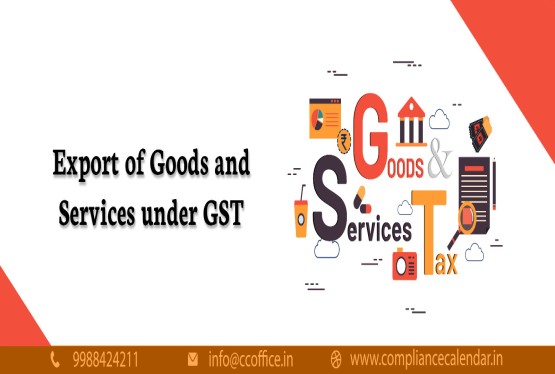













































_for_FY_2025-26_crop10_thumb.jpg)



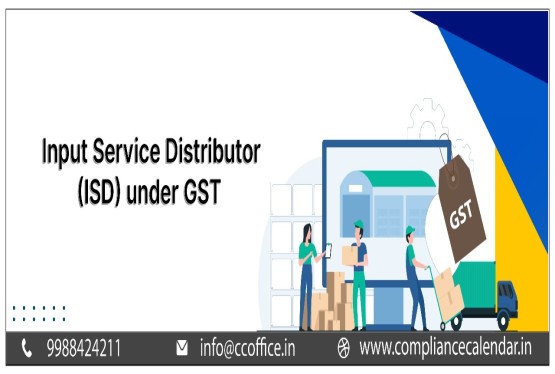








_learn_crop10_thumb.jpg)








_Filing_Due_Dates_for_FY_2024-25_learn_crop10_thumb.jpeg)
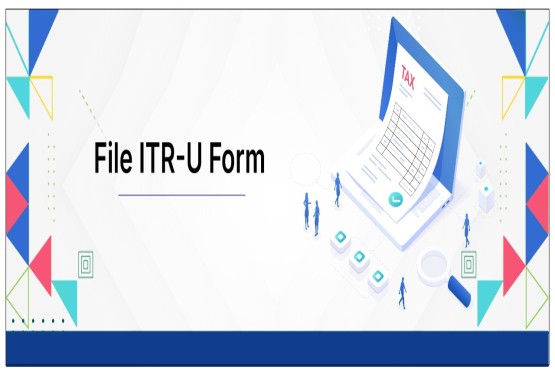

























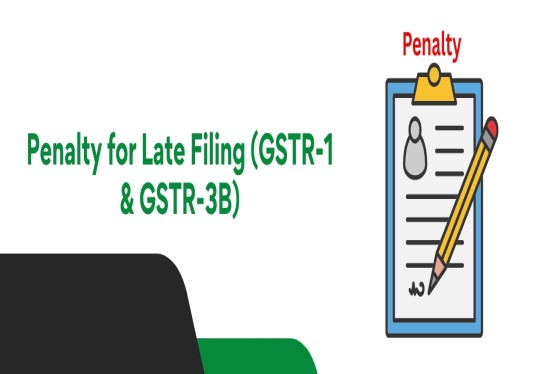












_of_GST_Act_learn_crop10_thumb.jpg)










_Under_GST_learn_crop10_thumb.jpg)









_crop10_thumb.jpg)


_crop10_thumb.jpg)






_learn_crop10_thumb.jpg)






















_of_the_Income_Tax_Act_learn_crop10_thumb.jpg)



_learn_crop10_thumb.jpg)
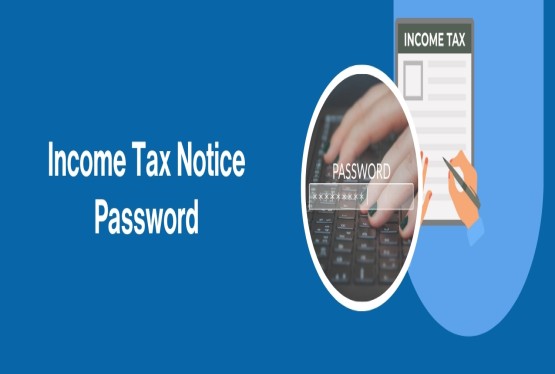





_learn_crop10_thumb.jpg)






_crop10_thumb.jpg)




















_in_The_Income_Tax_Act,_1961_learn_crop10_thumb.jpg)



_learn_crop10_thumb.jpg)



_of_the_Income_Tax_Act_learn_crop10_thumb.jpg)


_Of_Income_Tax_Act_learn_crop10_thumb.jpg)








_learn_crop10_thumb.jpg)








_learn_crop10_thumb.jpg)
_crop10_thumb.jpg)





















_learn_crop10_thumb.jpg)
_for_Import_and_Export_learn_crop10_thumb.jpg)











